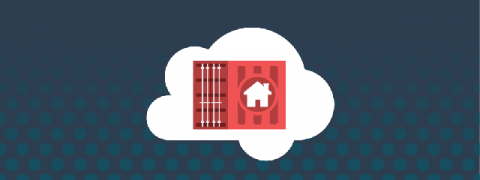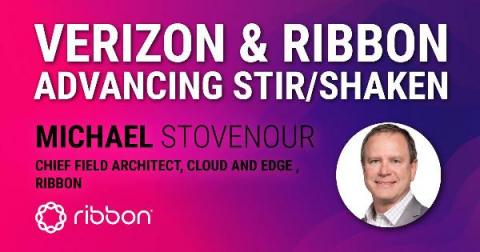Why you should take the 2020 Puppet user survey
We want to hear directly from you about your experience using Puppet products so we can ensure our portfolio rises to the demand of our customers. Take this survey to share your expertise with us. At Puppet, we’re dedicated to innovating the most modern, easy-to-use, secure and compliant products for our customers to ensure practitioners can simplify their workflows and enterprises can meet their business goals. Your input is extraordinarily valuable to us.











